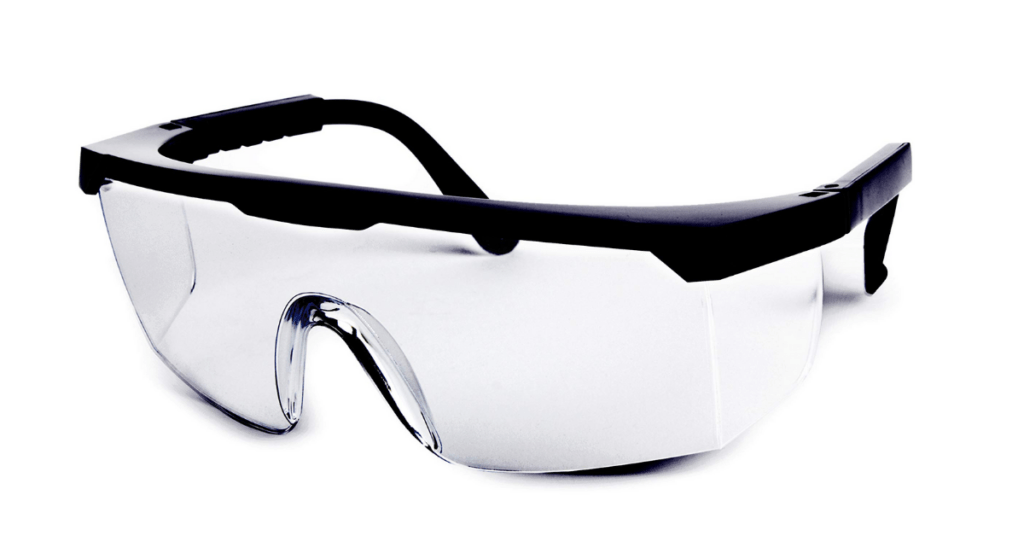- Empty cart.
- Continue Shopping
Must have Safety equipment in your organization

Safety equipment refers to protective gear and tools designed to reduce the risk of injury or harm in workplaces, construction sites, laboratories, and other potentially hazardous environments.
These tools help protect workers from accidents caused by exposure to chemicals, sharp objects, loud noises, falling objects, fire, or even viruses.
Employers have duties concerning the provision and use of personal protective equipment (PPE) at work.
PPEs are equipment that will protect the user against health or safety risks at work.
The purpose of personal protective equipment is to reduce employee exposure to hazards when engineering controls and administrative controls are not feasible or effective to reduce these risks to acceptable levels.
PPEs are needed when there are hazards present.
Must Have Safety Equipment
There are different must have Safety equipment such as : Respirators and face masks, Helmets / Hard Hats, Safety goggles, Face shields, Gloves, Earplugs or earmuffs, Safety boots, safety shoes, Dust coats and overalls etc at workplace.
Respirators
There are different types of contaminants in the air, thus preserving the health of one’s respiratory tract.
Types of respirators
There are two main types of respirators.
- One type of respirator functions by filtering out chemicals and gases, or airborne particles, from the air, breathed by the user. The filtration may be either passive or active (powered). Gas masks and particulate respirators.
- The second type of respirator protects users by providing clean, respirable air from another source. This type includes airline respirators and self-contained breathing apparatus
PPE Gowns
PPE gowns are used by medical personnel like doctors and nurses, especially during the COVID-19 pandemic.
This type of gown is designed in a way that can protect someone from coming to contact with germs and dangerous viruses. The gowns should be worn properly so that to serve the purpose it was purposed
Chainsaw protection
Chainsaw protection (especially a helmet with face guard, hearing protection, kevlar chaps, anti-vibration gloves, and chainsaw safety boots).
These protective gear are mainly worn in warehouses.
Bee-Keepers Protection
Beekeepers wear various levels of protection depending on the temperament of their bees and the reaction of the bees to nectar availability.
At a minimum, most beekeepers wear a brimmed hat and a veil made of fine mesh netting. The next level of protection involves leather gloves with long gauntlets and some way of keeping bees from crawling up one’s trouser legs. In extreme cases, specially fabricated shirts and trousers can serve as barriers to the bees’ stingers.
Diving equipment
- Diving equipment, for underwater diving, constitutes equipment such as a diving helmet or diving mask, an underwater breathing apparatus, and a diving suit.
Firefighters wear PPE
- Firefighters wear PPE designed to provide protection against fires and various fumes and gases. PPE worn by firefighters include bunker gear, self-contained breathing apparatus, a helmet, safety boots, and a PASS device.
Safety glasses
- Goggles provide better protection than safety glasses and are effective in preventing eye injury from chemical splashes, impact, dusty environments, and welding. Goggles with high airflow should be used to prevent fogging. Face shields provide additional protection and are worn over the standard eyewear; they also provide protection from impact, chemical, and blood-borne hazards

Full-facepiece respirators
- Full-facepiece respirators are considered the best form of eye protection when respiratory protection is needed as well, but maybe less effective against potential impact hazards to the eye.
Skin protection
- Skin protection A worker wearing a respirator, lab coat, and gloves while weighing carbon nanotubes This is an incorrect use of personal protective equipment because the gap between the glove and the lab coat exposes the wrist to hazardous
Fire extinguisher
- A fire extinguisher is an active fire protection device used to extinguish or control small fires, often in emergency situations. It is not intended for use on an out-of-control fire, such as one which has reached the ceiling, endangers the user (i.e., no escape route, smoke, explosion hazard, etc.), or otherwise requires the expertise of a fire brigade. Typically, a fire extinguisher consists of a hand-held cylindrical pressure vessel containing an agent that can be discharged to extinguish a fire. Fire extinguishers manufactured with non-cylindrical pressure vessels also exist but are less common.
Workplace footwear
- Workplace footwear comes in a variety of forms, from different types of boots to non-shoe protection. Some of the examples of footwear protective wear include;
Metatarsal guards
- Metatarsal guards: Metatarsal guards can be strapped to the outside of your shoes, and they protect your instep area from getting crushed by heavy objects.
Toe guards
- Toe guards: Toe guards fit over the ends of regular shoes to help prevent foot injuries.
Electrically conductive boots
- Electrically conductive boots: Electrically conductive boots protect against the buildup of static electricity. Employees working in hazardous locations such as explosives manufacturing facilities or grain elevators must wear conductive shoes to reduce the risk of static electricity buildup on the body that could produce a spark and cause an explosion or fire.
Safety-toe boots
- Electrical hazard, safety-toe boots: Electrical hazard, safety-toe boots are nonconductive and will prevent the wearers’ feet from completing an electrical circuit to the ground. These shoes can protect against open circuits of up to 600 volts in dry conditions and help reduce the risk of a worker becoming a path for hazardous electrical energy.\
-
 Dark Frame Safety GlassesOriginal price was: KSh300.00.KSh200.00Current price is: KSh200.00. + VAT
Dark Frame Safety GlassesOriginal price was: KSh300.00.KSh200.00Current price is: KSh200.00. + VAT -
 UltimatePlus Safety GlovesOriginal price was: KSh350.00.KSh260.00Current price is: KSh260.00. + VAT
UltimatePlus Safety GlovesOriginal price was: KSh350.00.KSh260.00Current price is: KSh260.00. + VAT -
 Safety Overalls for workersPrice range: KSh1,000.00 through KSh1,050.00 + VAT
Safety Overalls for workersPrice range: KSh1,000.00 through KSh1,050.00 + VAT









